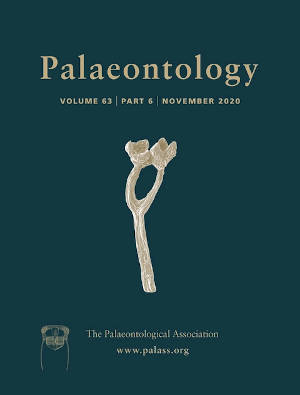Reg. Charity No. 1168330

Limited taxonomic classification is possible for Archaean microbial mats and this is a fundamental limitation in constraining early ecosystems. Applying Fourier transform infrared spectroscopy (FTIR), a powerful tool for identifying vibrational motions attributable to specific functional groups, we characterized fossilized biopolymers in 3.5–3.3 Ga microbial mats from the Barberton greenstone belt (South Africa). Microbial mats from four Palaeoarchaean horizons exhibit significant differences in taxonomically informative aliphatic contents, despite high aromaticity. This reflects precursor biological heterogeneity since all horizons show equally exceptional preservation and underwent similar grades of metamorphism. Low methylene to end‐methyl (CH2/CH3) absorbance ratios in mats from the 3.472 Ga Middle Marker horizon signify short, highly branched n‐alkanes interpreted as isoprenoid chains forming archaeal membranes. Mats from the 3.45 Ga Hooggenoeg Chert H5c, 3.334 Ga Footbridge Chert, and 3.33 Ga Josefsdal Chert exhibit higher CH2/CH3 ratios suggesting mostly longer, unbranched fatty acids from bacterial lipid precursors. Absorbance ratios of end‐methyl to methylene (CH3/CH2) in Hooggenoeg, Josefsdal and Footbridge mats yield a range of values (0.20–0.80) suggesting mixed bacterial and archaeal architect communities based on comparison with modern examples. Higher (0.78–1.25) CH3/CH2 ratios in the Middle Marker mats identify Archaea. This exceptional preservation reflects early, rapid silicification preventing the alteration of biogeochemical signals inherited from biomass. Since silicification commenced during the lifetime of the microbial mat, FTIR signals estimate the affinities of the architect community and may be used in the reconstruction of Archaean ecosystems. Together, these results show that Bacteria and Archaea flourished together in Earth's earliest ecosystems.